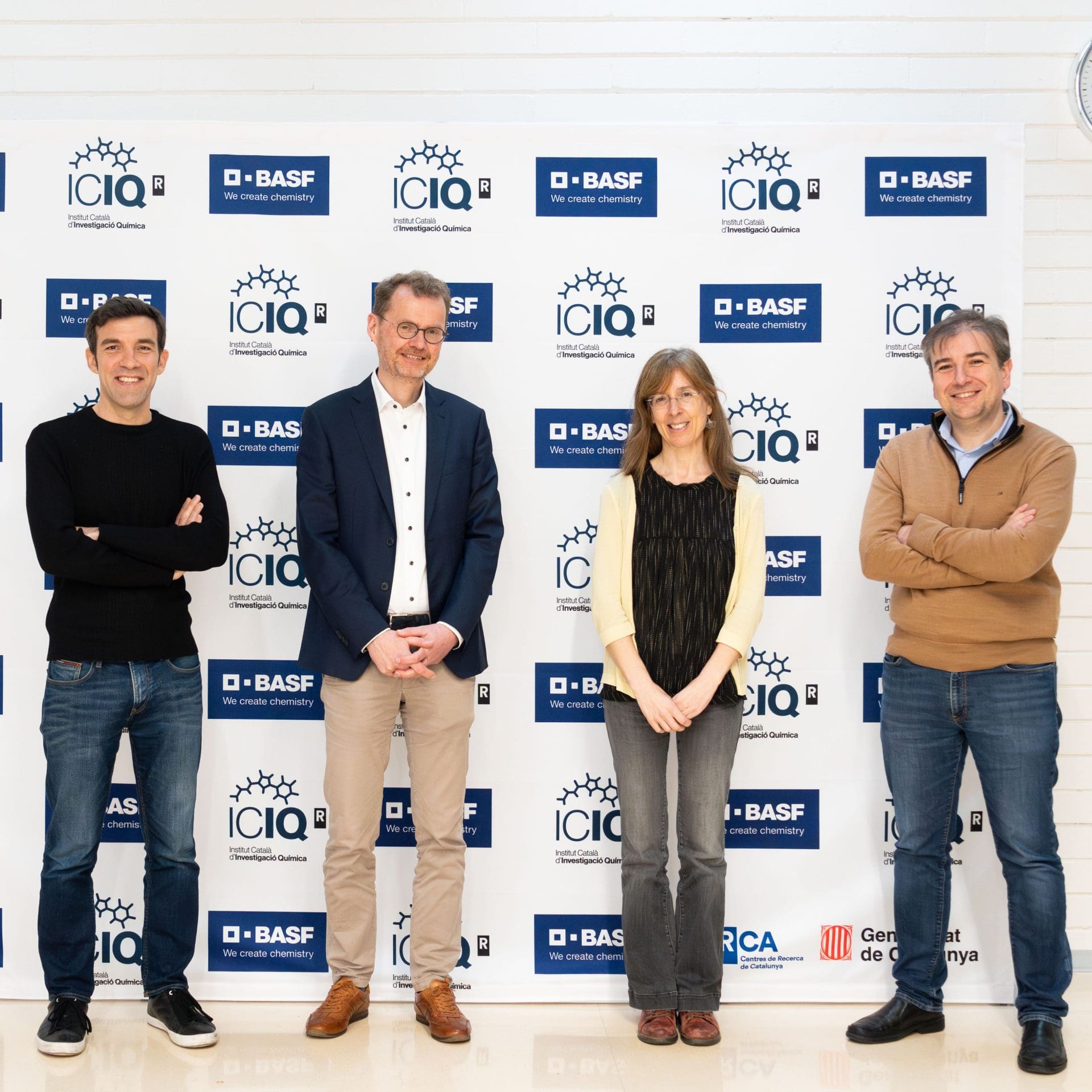
 07/03/2025
07/03/2025
 12:00 h
12:00 h
 ICIQ Auditorium Prof. Dr. Kilian Muñiz
ICIQ Auditorium Prof. Dr. Kilian Muñiz
- Profesor/a: Prof. Stéphane Bellemin-Laponnaz
- Universidad: Institut de Physique et Chimie des Matériaux de Strasbourg, France
Nonlinear Behaviour and the Limits of Mechanistic Understanding in Asymmetric Catalysis
Abstract
Asymmetric amplification is a phenomenon that plays a key role in the emergence of homochirality in life. In asymmetric catalysis, theoretical and experimental models have been investigated for understanding how chiral amplification is possible, in particular through non-linear effect.1 Recently we have proposed models that have led to an understanding of more complex non-linear effects, such as hyperpositive and enantiodivergent non-linear effects, which include a coexistence of active monomeric and active dimeric species.2,3 A higher degree of complexity seems attainable if one considers that higher levels of aggregation could be envisaged.4
We show here how different ligands, issued from the same privileged chiral structure, exhibit completely different systems-level behaviours and thus also different reaction outcomes – although they differ only by small chemical modifications. Mechanistic studies showed that the metal complexes aggregate and generate additional catalytic species in distinct ways. These results were obtained through a combination of nonlinear effect studies and other related studies and simulations have confirmed the possibility of such systems-level behaviour.
Overall, these results highlight the need to be cautious with certain paradigms of asymmetric catalysis, as structures alone do not necessarily predict systems-level behaviour that could bias the outcome of the catalytic reaction.

1 Guillaneux, S.-H. Zhao, O. Samuel, D. Rainford, H. B. Kagan, J. Am. Chem. Soc., 1994, 116, 9430–9439.
2 Geiger, T. Achard, A. Maisse-François, S. Bellemin-Laponnaz, Nat. Catal. 2020, 3, 422-426.
3 Geiger, T. Achard, A. Maisse-François, S. Bellemin-Laponnaz, Chem. Sci., 2020, 11, 12453-12463.
4 Thierry, Y. Geiger, S. Bellemin-Laponnaz, Nat. Synth., 2024, 3, 615-622.
Otros eventos

Creemos un futuro más brillante
Únete a nuestro equipo para trabajar con investigadores de renombre, emprender proyectos innovadores y contribuir a avances científicos significativos.
Únete a nosotros!



















